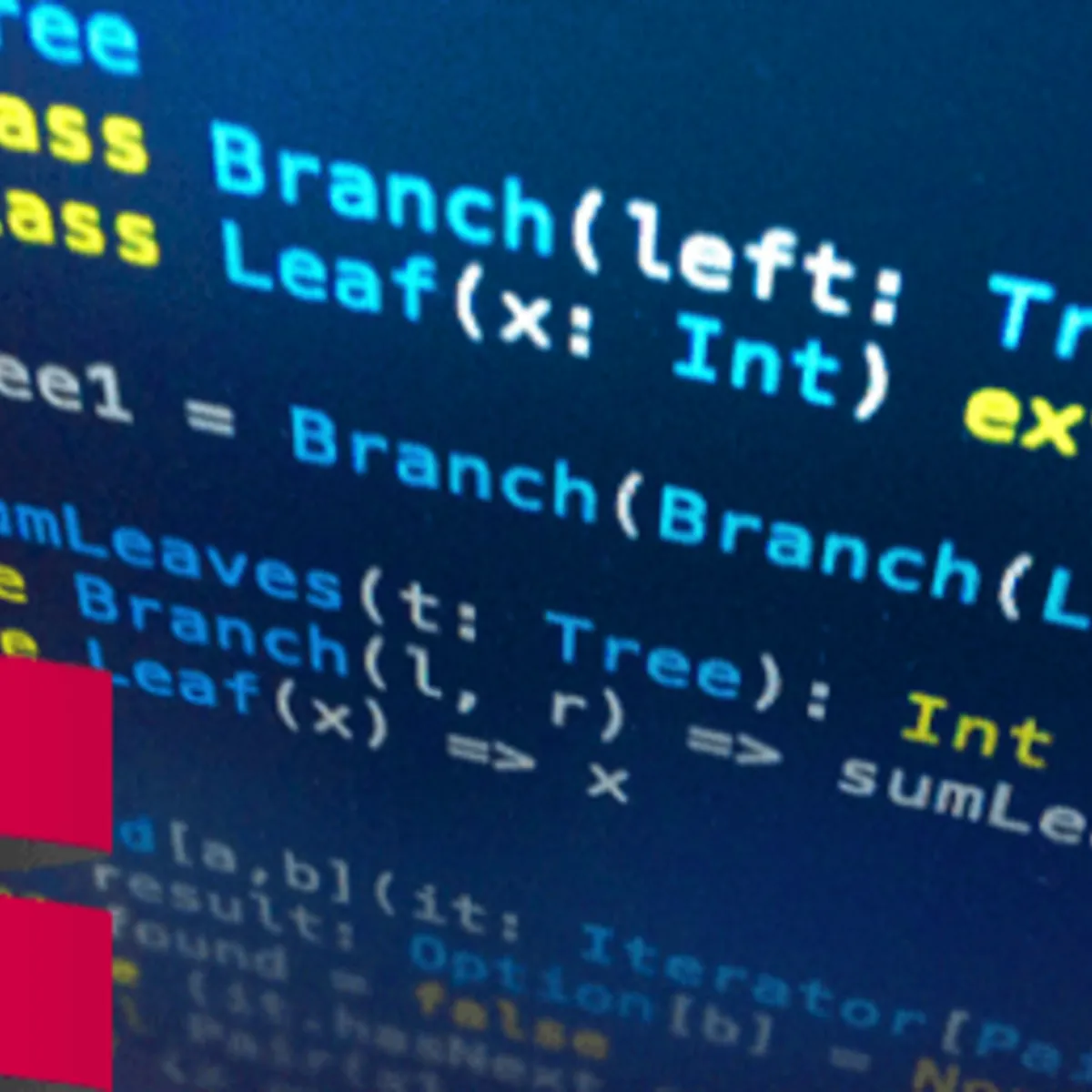
Python NumPy Tutorial for Beginners 
This tutorial provides an introduction to the NumPy library for Python beginners. It covers the basics of creating and manipulating arrays, as well as more advanced topics such as indexing, math, statistics, and reshaping. The video provides step-by-step instructions on how to write code with NumPy, and how it compares to Python's Built-in lists. ▼
ADVERTISEMENT
Course Feature
![]() Cost:
Cost:
Free
![]() Provider:
Provider:
freeCodeCamp
![]() Certificate:
Certificate:
Paid Certification
![]() Language:
Language:
English
![]() Start Date:
Start Date:
On-Demand
Course Overview
❗The content presented here is sourced directly from freeCodeCamp platform. For comprehensive course details, including enrollment information, simply click on the 'Go to class' link on our website.
Updated in [March 06th, 2023]
This Python NumPy Tutorial for Beginners provides an introduction to the NumPy library. It covers the basics of creating arrays, indexing, math, statistics, reshaping, and more. It also provides a comparison between NumPy and Python's Built-in lists. This course is designed to help beginners understand the fundamentals of NumPy and how to write code with it. By the end of the course, learners will have a better understanding of how to use NumPy to create and manipulate arrays.
[Applications]
After completing this course, learners can apply their knowledge of the NumPy library to a variety of tasks. They can use NumPy to create and manipulate arrays, perform mathematical operations, and generate statistical summaries. Learners can also use NumPy to reshape and reorganize data for further analysis. Additionally, learners can use NumPy to create visualizations of their data, such as histograms, scatter plots, and line graphs. Finally, learners can use NumPy to optimize their code and speed up their programs.
[Career Paths]
1. Data Scientist: Data Scientists use Python and NumPy to analyze large datasets and uncover patterns and trends. They use this information to develop predictive models and make decisions. Data Scientists are in high demand and the field is growing rapidly.
2. Machine Learning Engineer: Machine Learning Engineers use Python and NumPy to develop algorithms and models that can learn from data. They use this knowledge to create applications that can make decisions and predictions. This field is also growing rapidly and is expected to continue to do so in the future.
3. Software Developer: Software Developers use Python and NumPy to create applications and websites. They use this knowledge to create efficient and reliable software that can be used by businesses and individuals. This field is also growing rapidly and is expected to continue to do so in the future.
4. Data Analyst: Data Analysts use Python and NumPy to analyze large datasets and uncover patterns and trends. They use this information to develop insights and make decisions. Data Analysts are in high demand and the field is growing rapidly.
[Education Paths]
1. Bachelor of Science in Computer Science: This degree path provides students with a comprehensive understanding of computer science fundamentals, including programming languages, algorithms, data structures, operating systems, and computer architecture. It also covers topics such as artificial intelligence, machine learning, and computer graphics. With the increasing demand for data science and machine learning, this degree path is becoming increasingly popular.
2. Bachelor of Science in Data Science: This degree path focuses on the application of data science techniques to solve real-world problems. It covers topics such as data mining, machine learning, predictive analytics, and data visualization. This degree path is becoming increasingly popular as businesses are looking for ways to leverage data to gain insights and make better decisions.
3. Master of Science in Artificial Intelligence: This degree path focuses on the development of intelligent systems and their applications. It covers topics such as natural language processing, computer vision, robotics, and machine learning. With the increasing demand for AI-based solutions, this degree path is becoming increasingly popular.
4. Master of Science in Machine Learning: This degree path focuses on the development of algorithms and techniques for machine learning. It covers topics such as supervised and unsupervised learning, deep learning, reinforcement learning, and natural language processing. With the increasing demand for AI-based solutions, this degree path is becoming increasingly popular.
Course Provider

Provider freeCodeCamp's Stats at AZClass
Discussion and Reviews
0.0 (Based on 0 reviews)
Explore Similar Online Courses

Useful Genetics Part 2: Genes and Genetic Inheritance

Qualitative Research Design and Methods for Public Health

RDBMS PostgreSQL

Intro To PostgreSQL Databases With PgAdmin For Beginners

PostgreSQL: Client Applications

Mastering SQL using Postgresql

Database Design and Basic SQL in PostgreSQL

PostgreSQL: Advanced Queries

Spatial SQL with Postgres : A language for geographers

Learn SQL Using PostgreSQL: From Zero to Hero

PostgreSQL Essential Training


Start your review of Python NumPy Tutorial for Beginners